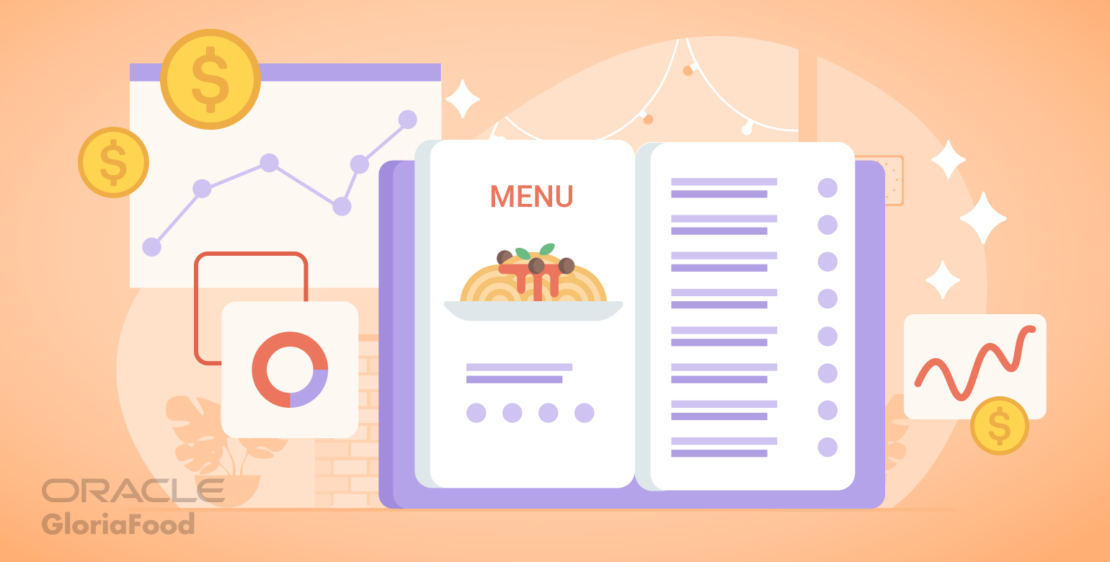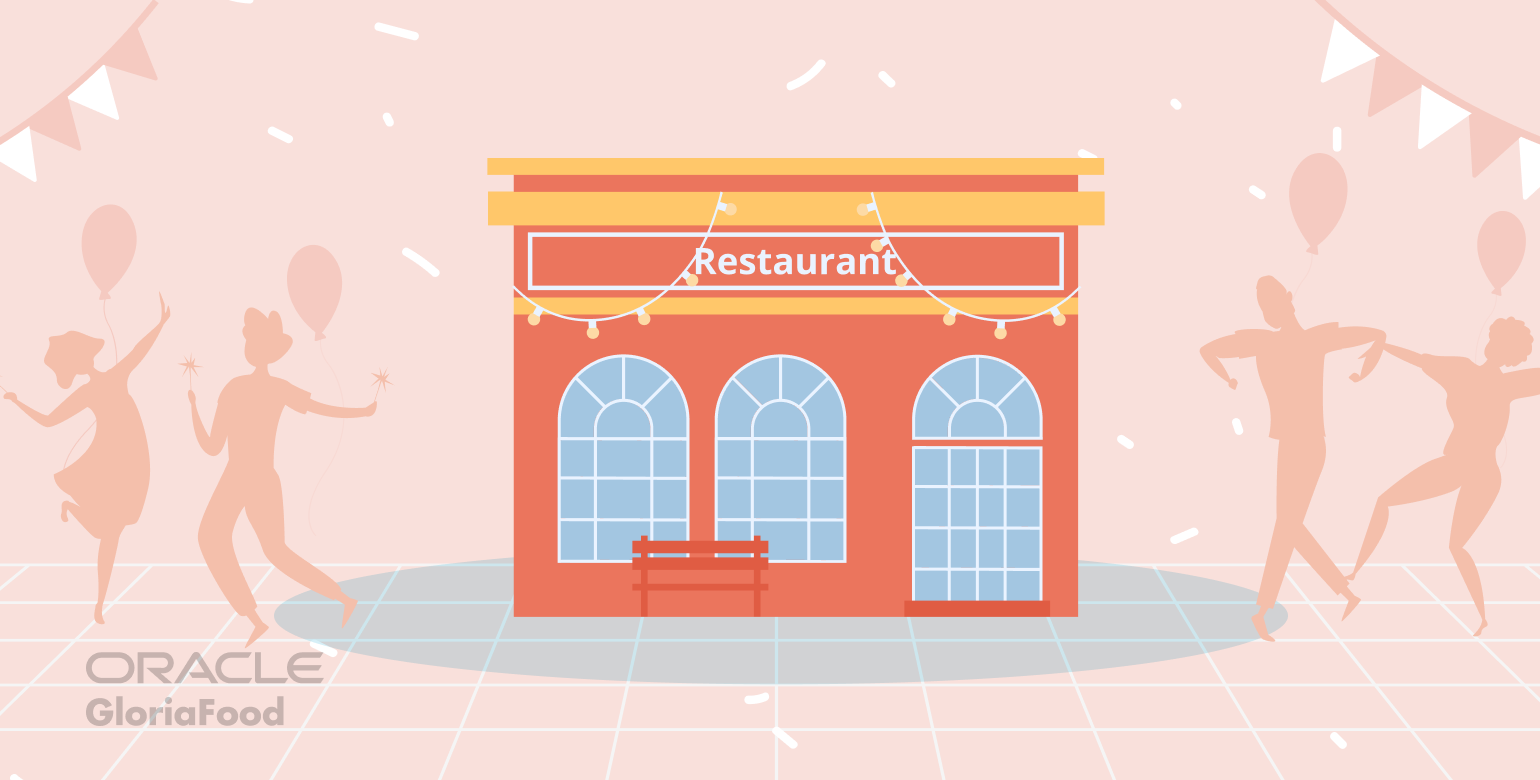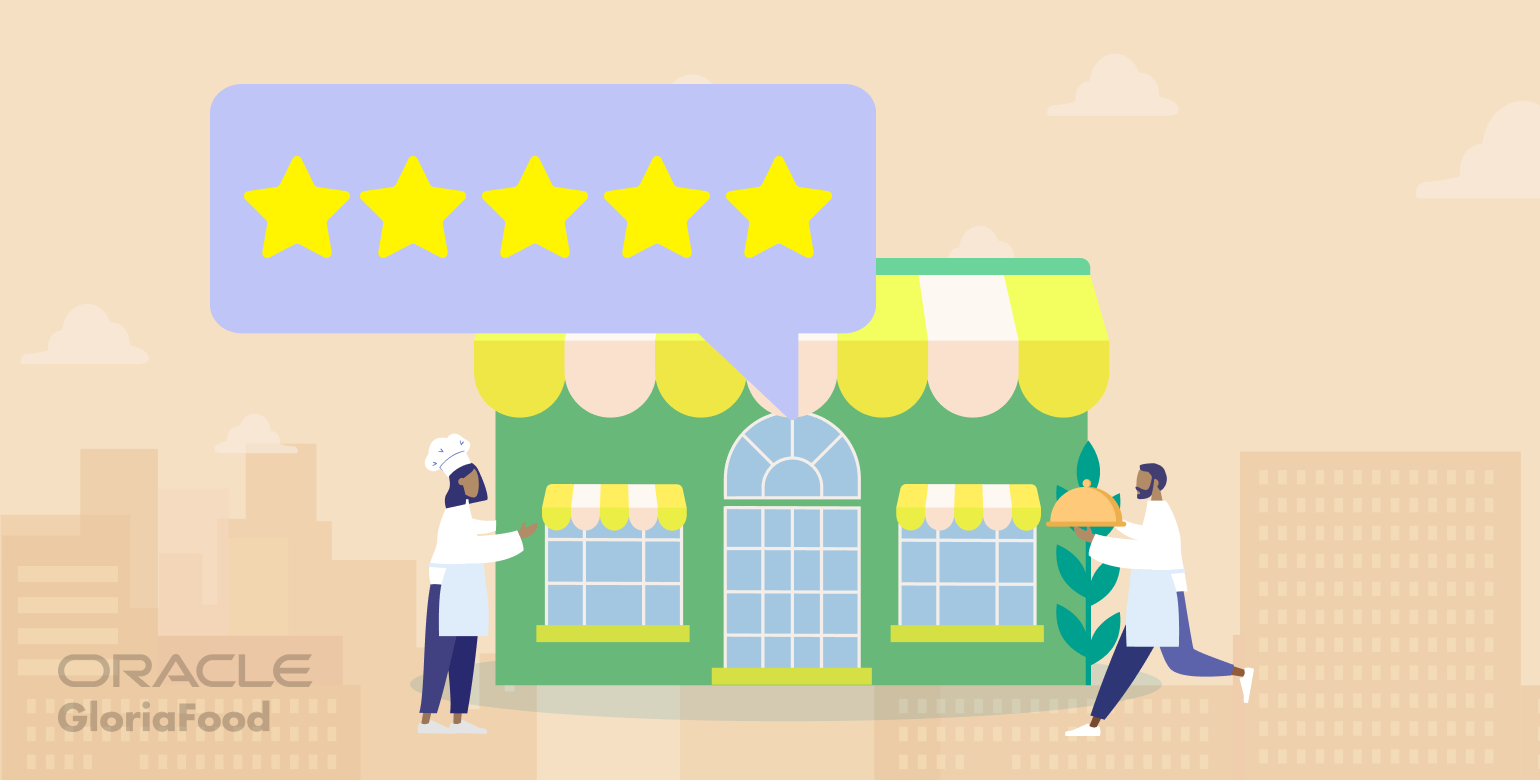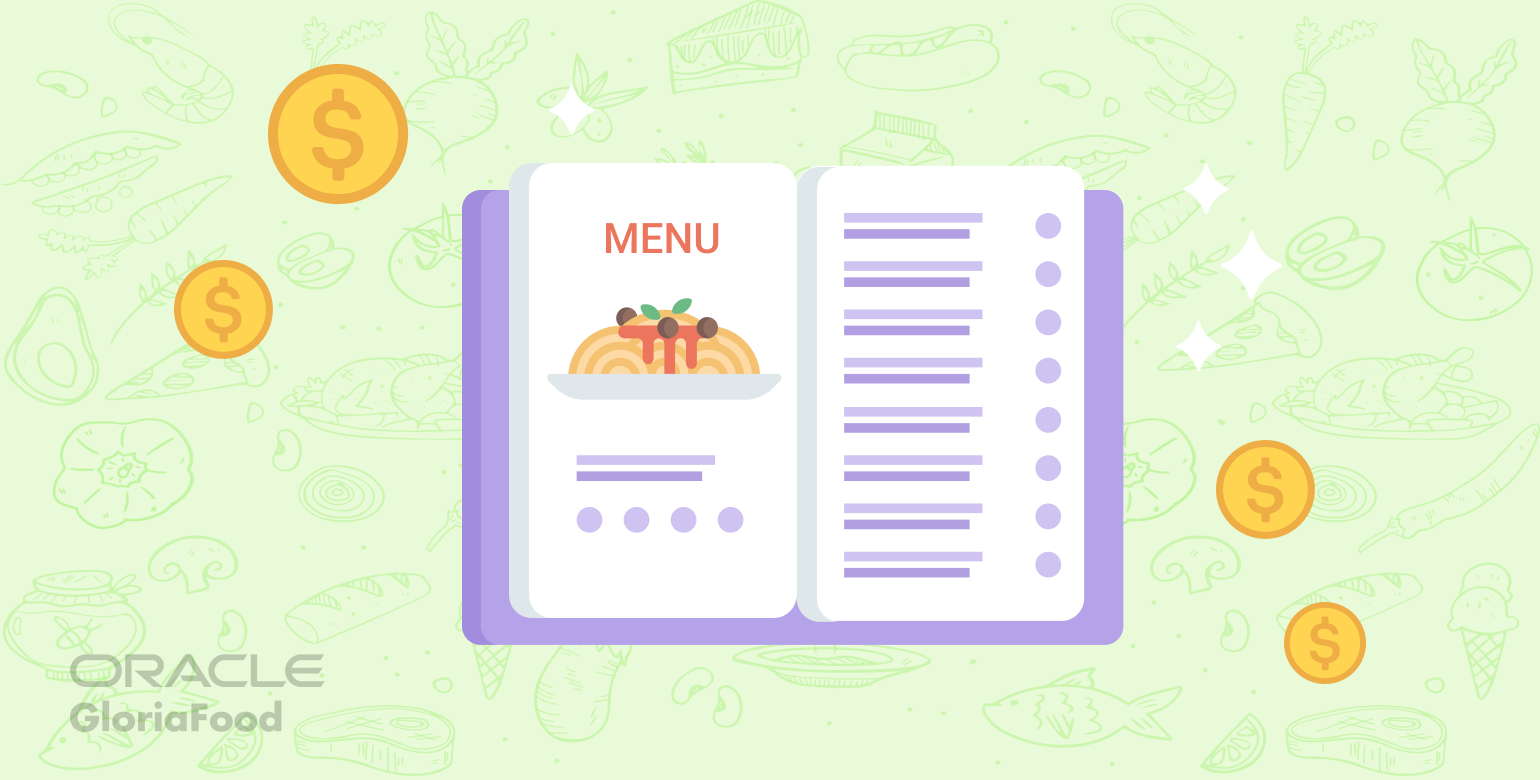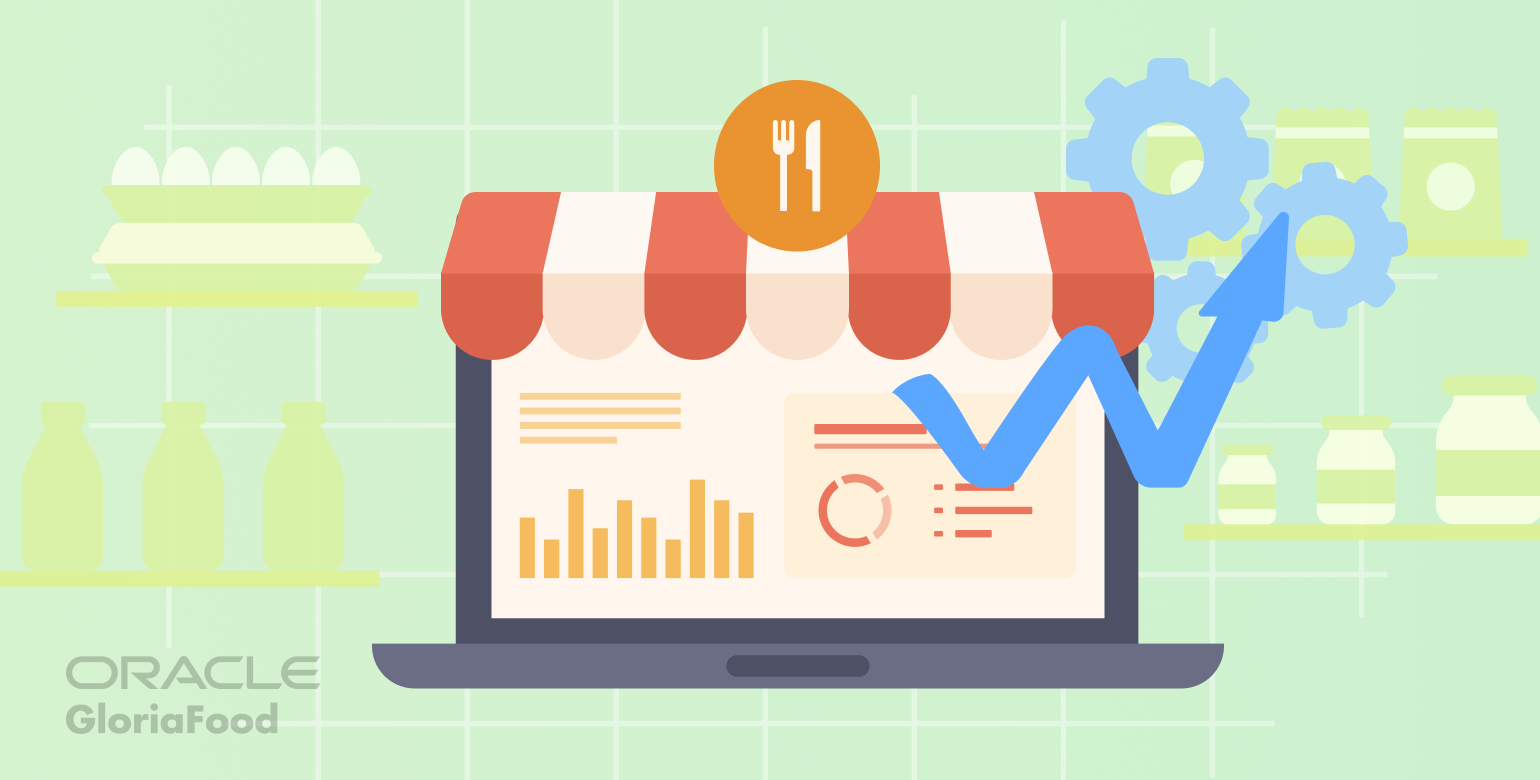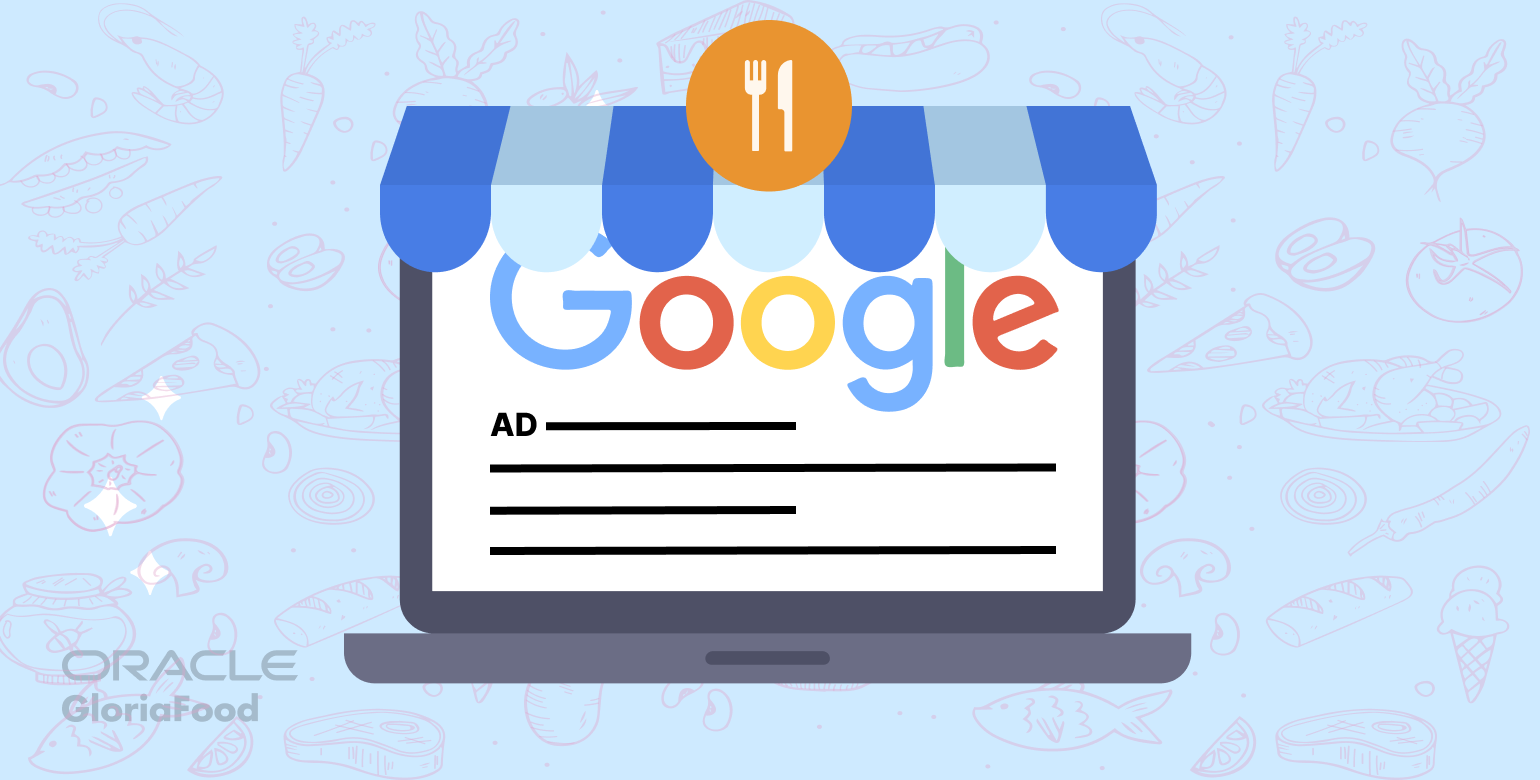- How to calculate the profit for your restaurant’s menu items
- Profit margin vs markup: What is the difference?
- Should you use profit margin or profit markup for your restaurant?
- Two easy-to-use formulas for pricing restaurant menu items
- How to price menu items using ideal food cost
- How to price menu items using ideal gross profit
- Tips & tricks for competitive menu pricing
- Check out your competition
- Change your price according to demand
- Place your most expensive menu items first
- Implement portion control
- Conclusion
Profit is your restaurant’s lifeline. And to make a profit, you need to price your menu items just right so they keep your business profitable with new and returning customers. It will involve a bit of research and a bit of mathematics, but your restaurant’s success depends on menu pricing.
In this article, you will learn how to calculate your restaurant’s profit (margin and markup), how to price menu items using two formulas, and some tips & tricks for competitive pricing.
To determine how to price menu items, you must understand what profit is and how to calculate it. Generally speaking, profit for a restaurant is the money you are left with after subtracting all of your costs. Let’s see what the three main cost categories are:
- COGS: translates to the cost of goods sold and refers to the price you pay for the ingredients before preparation, such as meat, eggs, shrimp, etc. This cost can vary by availability. For example, most vegetables and fruits will be more expensive when not in season. Therefore, the profit will also change each time the COGS changes;
- Labor cost refers to all of your staff’s salaries and is essential for your restaurant pricing strategy. It is a more stable cost compared to COGS, but it can change if you hire new people, offer salary increases, or need to review detailed pay stubs to manage payroll adjustments.
- Utilities: every cost for the location is included here: rent/mortgage, utility bills, new equipment, and repairs. The cost could be stable with good maintenance, but you should be prepared for accidents.
Profit margin vs markup: What is the difference?
There are two main ways to calculate profit, profit margin and profit markup, both done in percentages. While they may sound similar, the way to calculate them is distinct, and they will dictate completely different strategies for menu pricing.
How to calculate profit margin
Profit margin is expressed as a percentage, and it refers to the amount you will gain as a profit from a sale. Here is the formula to calculate the profit margin for every menu item in your restaurant:
Price – Cost of production = Profit
Profit Margin = Profit/Price x 100
Example of how to calculate profit margin
Check out this example to understand how easy it is to determine your profit margin. Let’s say you own a pizza restaurant and want to calculate the profit margin for the best-seller, rustic pizza.
You sell this pizza for $15, and after you calculate how much you pay to produce it, you realize the cost of production is only $4. Following the formula provided above, let’s determine the profit.
$15 (Price) – $4 (Cost of production) = $9 (Profit)
One more simple step to determine the profit margin. Use a calculator to get correct results every time.
$9 (Profit)/$15 (Price) = 0,6 x 100 = 60 (Profit Margin)
Concluding, your profit margin for the rustic pizza is 60%.
How to calculate profit markup
Profit markup is also measured in percentages, and it is determined by the difference between how much you paid for a dish compared to what the client pays when they order that specific dish. It may sound quite similar to profit margin, but the formula to quantify it will differentiate the two:
Price – Cost of production = Profit
Profit markup = Profit/Cost of production x 100
Example of how to calculate profit markup
Let’s return to our trusty imaginary rustic pizza to understand profit markup better. We have previously determined the profit value:
$15 (Price) – $4 (Cost of production) = $9 (Profit)
$9 (Profit)/ $4 (Cost of production) = 2.25 x 100 = 225
Therefore, your profit markup is 225%, significantly higher than the profit margin for the same menu item.
Should you use profit margin or profit markup for your restaurant?
While in many other industries, the cost of production is similar for many items, the cost of production in the restaurant business can differ very much. Therefore, there is no right answer for the choice between profit margin and markup when deciding how to price menu items.
For example, the price would be too low if you priced a side of fries that only costs 25c to produce with a profit margin.
The solution is to calculate profit margin and profit markup for every menu item and choose the value that will benefit you and your customers.
Now that you know how to calculate profit, let’s delve into more mathematical formulas to help you learn how to price menu items in a restaurant. You can work out the best price for your menu by setting goals and working backward from there.
The ideal food cost is the percentage of a menu item’s price spent on acquiring the ingredients and producing the food. Usually, restaurants use a food cost of between 25% and 35%, but it is not a set rule. Obviously, the lower the food cost, the higher the profit.
The first step is to establish your Ideal Food Cost and calculate the ingredients’ cost (COGS) for the item you want to price. Afterward, use this formula:
Price = COGS/Ideal Food Cost
So, let’s say you are trying to price a dessert that costs you 3 dollars to make, and you want your ideal Food Cost to be 30%:
Price = $3/0.3 = $10
Depending on your location, competitor’s prices, and the type of restaurant you own, this could be both an appropriate price or a high-end one.
Gross profit refers to the amount of money you are left with after all the production costs are accounted for. Simply put, if you subtract the COGS, labor and utilities cost from a menu item’s price, you are left with the gross profit.
The gross profit is measured in percentages, ranging from 20% to 80%. The following formula for how to price a menu for a restaurant is a bit more complicated and requires a bit of trial and error to get an adequate price:
Gross Profit = (Price – COGS)/Price
To try it out, let’s say we want to price the dessert mentioned above at $7, the COGS being $3.
Gross Profit = ($7 – $3)/$7 = 0.57
So, your gross profit would be 57%. You can play around with the menu and price until you reach your desired profit.
Mathematical formulas are great for determining how to price food menu items based on the profit you want to make. Still, to make sure your restaurant is successful, you need to be aware of what others around you charge and how much money people want to spend on your type of food.
We have prepared a series of tips to help you price your menu items competitively.
Check out your competition
What a rural town restaurant charges for a pizza won’t be the same as a restaurant in the city’s capital. But, businesses that sell the same type of cuisine and are in close proximity will usually similarly price their menu items.
If their restaurants thrive, it is a sign they charge an appropriate amount of money, and local people believe it is a fair ratio of quality to price. Therefore, you must check out restaurants around you with the same profile and analyze their menu pricing.
Afterward, there are a few strategies you can go for:
- Match their prices: choose this option if the food quality is similar, but don’t forget to promote your restaurant using a Unique Selling Proposition to differentiate your restaurant from the others;
- Choose a smaller price: this could work for gaining visibility at the beginning, but it may affect your profit in the long run if you can’t justify a price increase;
- Choose a higher price: this is the way to go if you offer higher-quality dishes. Make sure to market your restaurant’s qualities, such as fresh produce, fast delivery, or big portions, to convince people to spend the extra money.
Change your price according to demand
In time, you should adapt your prices according to the demand. For example, if you offer unique food and you notice you have some dishes that get ordered often, you can increase the price as it will not affect your sales.
On the other hand, if some menu items don’t get orders as often, lowering prices would be a great idea to incentivize sales. The best way to do this is by using promotions.
For example, if you sign up for GloriaFood’s free online ordering system, you will get access to the intuitive promotions module where you can implement tried and tested promo deals.
Increase your profit with targeted promotions
Install an online ordering system to your website for free
To promote the menu items that don’t sell as well, some great offers would be:
- % discount on selected items: encourage people to order them by offering a lower price;
- Buy one, get one free: let’s say your cookies are not selling that well. Offer a 2 for 1 deal people cannot resist;
- Get a free item: establish a total order amount where people get the cookie for free. After they try it and realize its deliciousness, they will be tempted to order it again.
If you want to start selling more with promotions, create an account and go to admin -> Marketing -> Promotions.
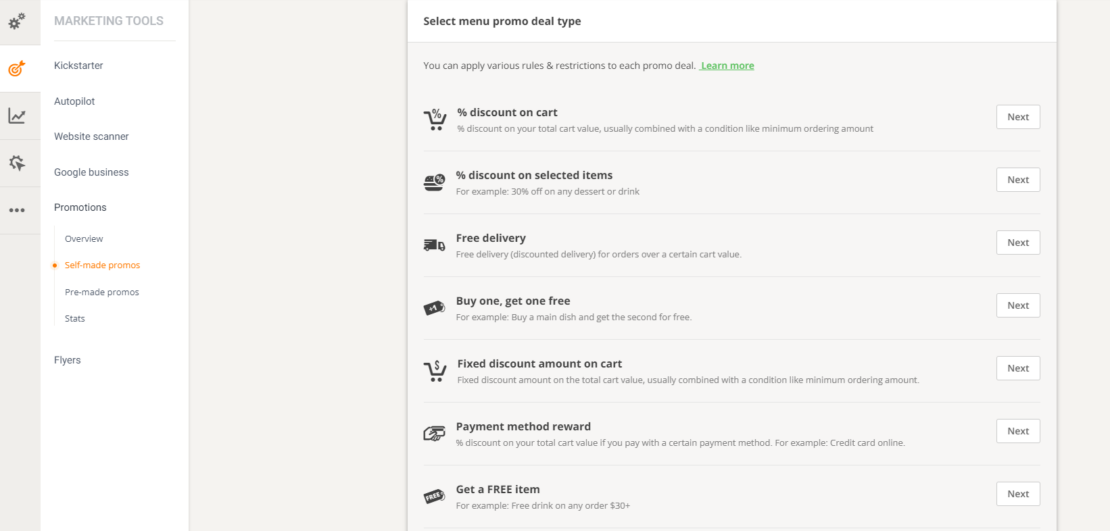
People are tempted to order one of the first items on the menu because it is faster and because they trust these are the best dishes a restaurant has to offer. So, if you want more people to buy your expensive menu items, use menu engineering and add them to the top of the menu.
Configuring a menu and constantly updating it is very simple with an online ordering system. Sign up on GloriaFood to gain access to an intuitive platform where you can use drag and drop to set up your menu items. Check out this video to learn more:
If you constantly update your menu to add new menu items or change prices so you can increase your profit, you also need a QR menu for your locations. Changing an online menu is fast, but getting a newly printed one requires time and money.
Choose a QR menu to make it simple for you and your clients. Print out the QR code and place it on every table for easy access. If you want to find out how easy it is to create a QR code menu with an online ordering system, go over this video:
Implement portion control
To efficiently price a menu item, you need to be able to calculate the cost of the raw ingredients. If you don’t implement portion control, the cost will vary for every client, and so will the profit. Therefore, to have a steady profit, you need to take the necessary steps to ensure all portions are the same:
- Buy pre-packaged items: it will cost more at first, but it will pay off in the long run with less time needed for preparations;
- Measure everything: if you have the right mise en place, with every ingredient prepared (already chopped or diced), you can easily weigh each time to ensure you have the same portion.
Impress your clients with an attractive and intuitive menu
Install the best free online ordering system in minutes
Conclusion
Learning how to price menu items requires mathematical formulas, research on the competition, and tools to make it easy to set up a menu.
Calculating the profit margins and markups for every menu item may sound tiresome, but it is the only way to ensure your restaurant’s success. In time, it will just become a habit, and you will be able to do it with your eyes closed!
- How to calculate the profit for your restaurant’s menu items
- Profit margin vs markup: What is the difference?
- Should you use profit margin or profit markup for your restaurant?
- Two easy-to-use formulas for pricing restaurant menu items
- How to price menu items using ideal food cost
- How to price menu items using ideal gross profit
- Tips & tricks for competitive menu pricing
- Check out your competition
- Change your price according to demand
- Place your most expensive menu items first
- Implement portion control
- Conclusion
